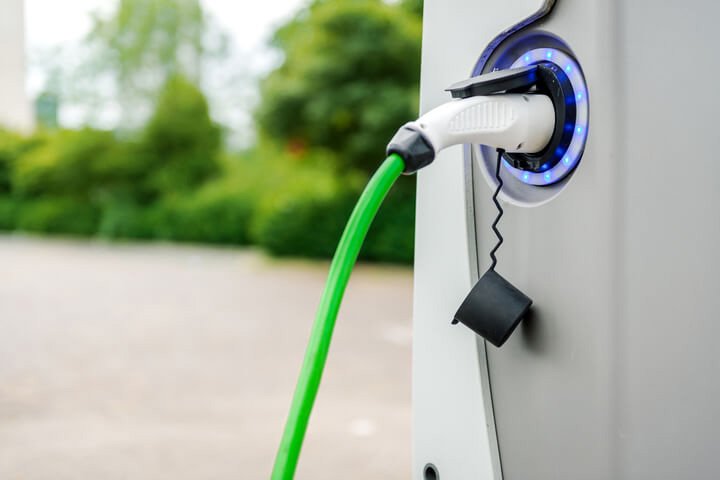It’s becoming increasingly common to charge electric vehicles (EVs). Here is a brief overview of electric vehicle chargers and their working principles.The batteries powering electric vehicles need to be charged regularly. Charging an electric vehicle takes more planning and time than refueling gasoline cars.There are three factors to keep in mind if you want a single cable that will charge your phone as rapidly as possible at every charging station: You require a Mode 3 cable, and what if your car has a Type 1 or Type 2 inlet, as well as the capacity of its onboard charger.However, further details have been provided below in this article to assist you in making the finest ev car charger cable choice. To learn more about it, keep reading.
Select The Right Type
Type is the designation of the vehicle side plug. It can either be Type 1 or Type 2. These are the Type 1 and Type 2 vehicle outlets. The current standard is a Type 2 charging cable. This is the most common type of charging cable for relatively new cars. Type 1 inlets are found on older models from Asian brands such as the Nissan Leaf 2016. Check the inlet on your vehicle if you are unsure.
Select The Correct Amp, KW, And Phase Version
The calculation of the appropriate amps, and kilowatts and the determination of whether a one-phase or three-phase wire is required can be challenging for new owners of electric vehicles. There is a straightforward method available for you to select the appropriate cable. To locate the cable that works best for you, all you need to do is know the maximum capacity of your charger. You can utilize 3-phase wires with power that is only 1-phase. If you just intend to use the cord within the house, you should probably verify the output power of the charger you have at home.
Select The Correct Length
Cables used to charge electric vehicles can come in a variety of lengths, most commonly ranging from 4 to 10 meters in length. Longer cables, even though they offer greater flexibility, are typically heavier, more cumbersome, and more expensive. In most cases, a shorter cable will suffice; if you are positive that you need the longer one, only then should you get it.
Choose Recyclable
Even the strongest charging cables must be replaced at the end. Every component must be completely recycled when this happens. Most EV charging cable plugs have been water- and impact-proofed with a process known as potting. This involves filling the plug’s interior with rubber, plastic, or resin compound. It is nearly impossible to separate the components and recycle them later due to these compounds. Some cables don’t require potting or reusable materials that can be recycled completely after each use.
Select The Right Accessories
An EV charging cable that isn’t secured with a strap or bag can be hard to transport and store safely and securely. You can coil the cable and hang it up at home to keep it out of reach and protect it against dirt, water, and accidental damage. A bag that can be attached to the trunk of your car will keep the cable safe and from moving while you drive.An EV charging cable can be expensive, making it a tempting target for thieves. You can protect your cable from theft by using a lockable docking or storage unit. It is also protected from falling on the floor.


